1. Bagged Mulch with Synthetic Additives
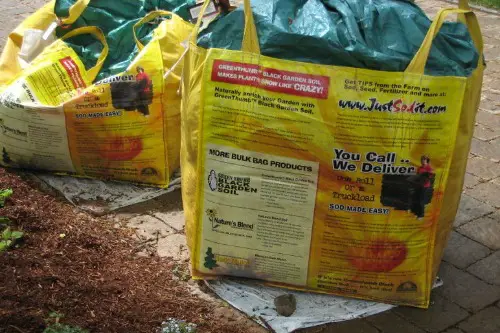
Some mulch products include dyes, rubber particles, or synthetic stabilizers that leach into soil and disrupt microbial communities. It may look tidy, but it leaves a dirty footprint. The ground deserves better covering. Style shouldn’t suffocate.
Use local bark chips, straw, or shredded leaves for natural protection. Mulch should feed the earth—not fight it. Organic layers build life below. Your garden grows from what you bury.
2. Mass Pollinator Packs with Non-Native Plants
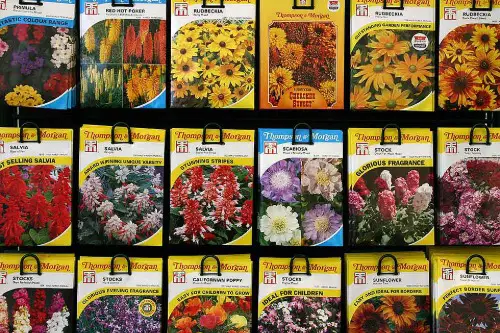
Pre-mixed seed packs labeled “pollinator-friendly” often contain non-native species that outcompete local flora. While they attract insects, they may not support native bees, butterflies, or birds long term. What buzzes isn’t always beneficial. Help should be habitat-specific.
Instead, research native wildflowers or consult regional conservation lists. Native plants feed native wildlife in cycles built over millennia. Pollination thrives on local relationships. Match the bloom to the biome.
3. Artificial Turf for a “Green” Lawn
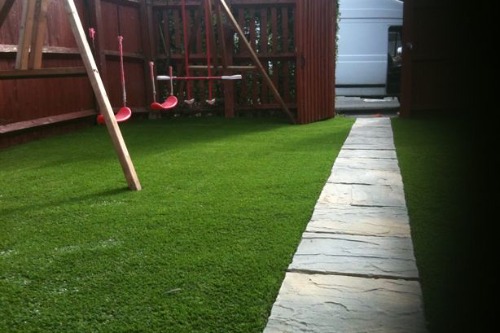
It may save water, but synthetic turf is made from petroleum-based plastics and often treated with chemical coatings. It blocks soil respiration, harms local microbes, and overheats under sunlight. You lose biodiversity below and above the surface. Fake grass creates real problems.
While it promises low maintenance, it also creates long-term waste—especially when pieces degrade and leach microplastics. Natural lawns, even imperfect ones, offer habitat and carbon absorption. Green should mean living. Sustainability starts at the root.
4. Peat-Based Potting Soil
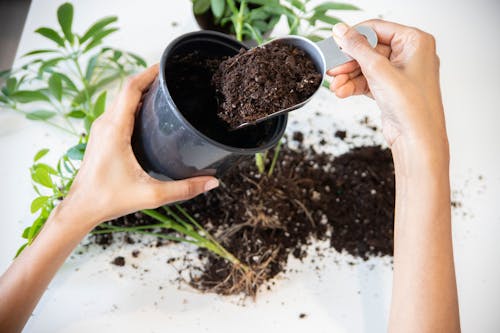
Peat moss is a common soil amendment marketed for moisture retention, but harvesting it destroys carbon-rich peat bogs that take centuries to form. It releases stored greenhouse gases and reduces biodiversity. The environmental cost is buried beneath the bag. Moisture shouldn’t mean methane.
There are better alternatives: coconut coir, compost, and leaf mold offer similar benefits without ecological harm. Peat-free blends keep your garden thriving and your conscience intact. Dig gently. Soil solutions should honor the source.
5. Plastic Raised Beds for “Durability”
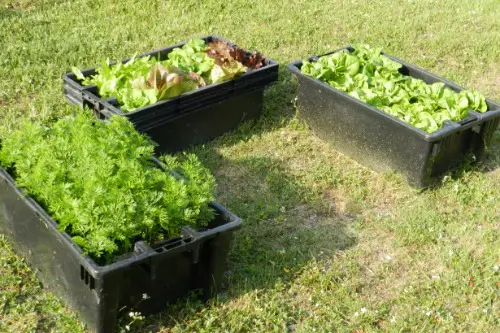
Pre-fab plastic garden beds claim resilience, but they degrade under UV exposure, often leach chemicals, and end up in landfills. The production process is resource-intensive and far from sustainable. Longevity doesn’t mean low impact. Durability shouldn’t outlive responsibility.
Opt for untreated hardwood, recycled composite lumber, or reclaimed metal—materials that weather with integrity. Your garden deserves materials that evolve, not pollute. Raised beds should elevate both plants and ethics. Structure meets stewardship.
6. Rock Gardens to “Save Water”
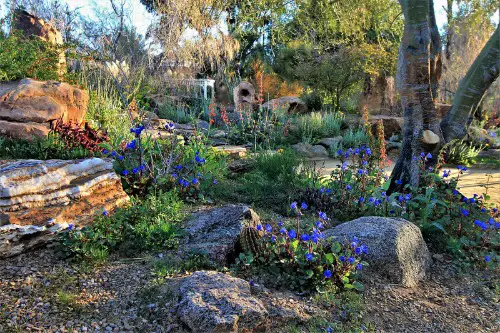
Removing plants to install gravel-heavy rock beds may reduce irrigation, but it also eliminates cooling shade and soil coverage. The exposed surfaces trap heat and disrupt soil ecosystems. You trade water savings for urban heat gain. Looks cool, feels hotter.
Native drought-tolerant plants offer shade, air filtration, and wildlife habitat—without guzzling water. Rock alone can’t replace life. Xeriscape with flora, not just stone. Beauty blooms from balance.
7. Bottled Organic Pesticides Used Excessively
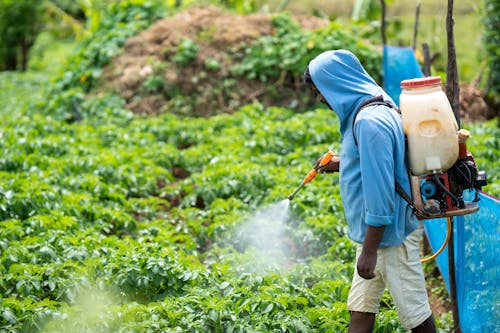
Organic doesn’t mean harmless—overuse of natural insecticides like neem oil or pyrethrin can damage pollinators and beneficial bugs. Concentrated formulas still disrupt fragile ecosystems. The dose makes the toxin. Eco-friendly labels don’t excuse eco-unfriendly habits.
Spot treat and rotate methods, rather than blanket spraying. Integrate companion planting and habitat zones to reduce reliance. Let nature handle some of the management. Garden ecology needs nuance, not excess.
8. Solar-Powered Garden Gadgets with Short Lifespans
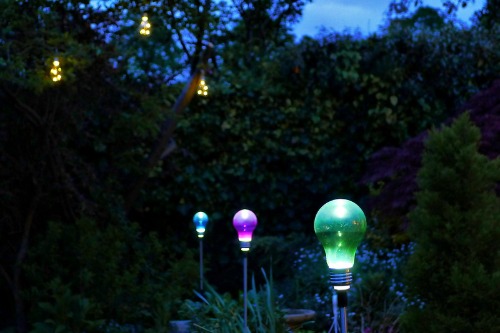
Solar lights, fountains, and bug zappers sound green—but many are cheaply made and difficult to repair or recycle. Their plastic parts wear out quickly, creating more waste than energy savings. The sun shouldn’t power single-use. Shine with care.
Choose higher-quality fixtures or modular systems that allow repair. Long life beats bright light. Solar should mean sustainability—not disposability. Don’t let green tech turn gray.
9. High-Maintenance Vertical Gardens
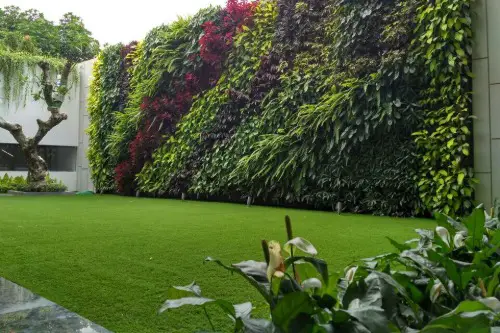
Towering wall planters and vertical kits boast space-saving efficiency, but many require non-recyclable containers, artificial substrates, and excessive irrigation systems. They become tech-heavy rather than terrain-smart. Elevation shouldn’t mean overcomplication. Up isn’t always better.
Stick to low-tech vertical setups with repurposed materials and passive watering systems. Beauty meets biology when simplicity leads. Let gravity support—not burden—your eco goals. Grow smarter, not just higher.
This post 9 “Eco-Friendly” Garden Ideas That Aren’t Actually Good for the Planet was first published on Greenhouse Black.
